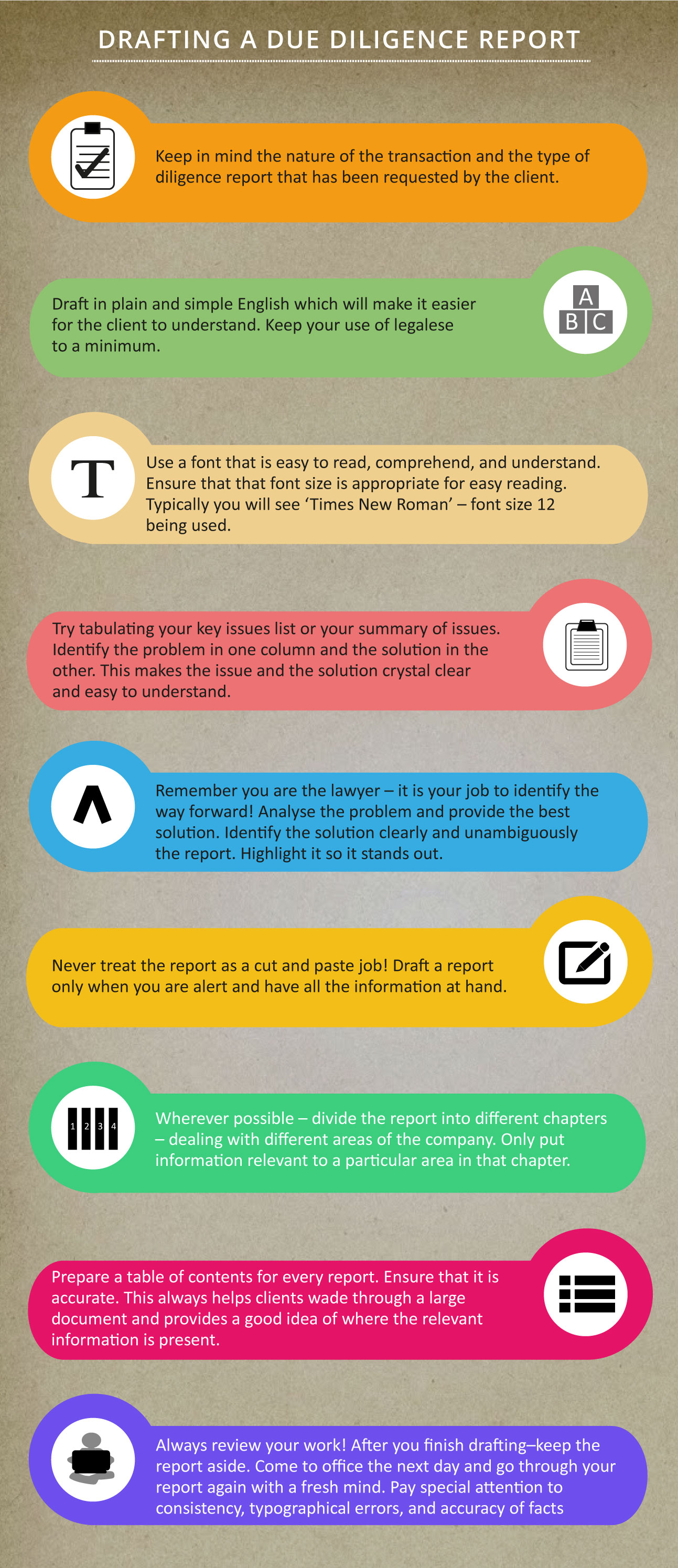 The legal framework for insider trading has recently been overhauled. Provisions relating to insider trading were introduced in the Companies Act, 2013 (“Companies Act”) and the Securities and Exchange Board of India (Prohibition of Insider Trading) Regulations, 1992 (“Old Regulations”) were replaced by the Securities and Exchange Board of India (Prohibition of Insider Trading) Regulations, 2015 (“Insider Trading Regulations”).
The legal framework for insider trading has recently been overhauled. Provisions relating to insider trading were introduced in the Companies Act, 2013 (“Companies Act”) and the Securities and Exchange Board of India (Prohibition of Insider Trading) Regulations, 1992 (“Old Regulations”) were replaced by the Securities and Exchange Board of India (Prohibition of Insider Trading) Regulations, 2015 (“Insider Trading Regulations”).
The prohibitions
Under Regulation 3 of the Insider Trading Regulations, no insider should “communicate, provide, or allow access to any unpublished price sensitive information, relating to a company or securities listed or proposed to be listed, to any person including other insiders”. However, it specifically excludes communications for legitimate purposes, the performance of duties, or the discharge of legal obligations.
The Insider Trading Regulations also apply to people in general. It prohibits them from procuring unpublished price sensitive information from an insider, or causing an insider to communicate such information. Again, this does not include communications for legitimate purposes, performance of duties, or discharge of legal obligations.
Regulation 4 of the Insider Trading Regulations contains the prohibition on trading in listed securities or securities that are proposed to be listed. This prohibition applies to insiders in possession of unpublished price sensitive information.
Who is an insider?
To understanding these prohibitions, it is fundamental to understand who an insider is. According to Regulation 2(g) of the Insider Trading Regulations, an ‘insider’ means any connected person or a person in possession of or having access to unpublished price sensitive information in respect of the securities of a company.
The term ‘connected person’ refers to any person who is, or has during a period of six months prior to the act of insider trading been, associated with a company, directly or indirectly, in any capacity. This association can be because of frequent communication with the company’s officers or from being in any contractual, fiduciary, or employment relationship with the company.
It can also be as a result of being a director, officer, or an employee of the company or as a result of holding any position including a professional or business relationship between the person and the company (whether temporary or permanent), which allows the person, directly or indirectly, access to unpublished price sensitive information or is reasonably expected to allow such access. Regulation 2(d)(ii) provides a list of persons who are deemed to be ‘connected persons’.
What is unpublished price sensitive information?
 Unpublished price sensitive information has been defined under Regulation 2(n) of the Insider Trading Regulations to include “any information, relating to a company or its securities, directly or indirectly, that is not generally available which upon becoming generally available, is likely to materially affect the price of the securities…” A similar definition for price sensitive information has also been stated in sub-clause (b) of the Explanation to Section 195 of the Companies Act.
Unpublished price sensitive information has been defined under Regulation 2(n) of the Insider Trading Regulations to include “any information, relating to a company or its securities, directly or indirectly, that is not generally available which upon becoming generally available, is likely to materially affect the price of the securities…” A similar definition for price sensitive information has also been stated in sub-clause (b) of the Explanation to Section 195 of the Companies Act.
Regulation 2(n) also provides the following illustrative list matters information about which can be considered as unpublished price sensitive information:
– financial results;
– dividends;
– change in capital structure;
– mergers, de-mergers, acquisitions, delistings, disposals, expansions of business, and such other transactions;
– changes in key managerial personnel; and
– material events in accordance with the listing agreement.
In order to be considered price sensitive, the information should be likely to materially affect the price of securities of the company in the market. This requirement is inherent in the concept of price sensitivity.
Exception for due diligence

Rajat Kumar Gupta, an Indian-American businessman and philanthropist, is currently serving a two-year term in a U.S. federal prison for insider trading. Published under a CC BY-SA 2.0 licence.
The Insider Trading Regulations recognise some practical reality of commercial transactions. Prospective investors could often require non-public information about a company in order to assess the merits of a particular transaction. In these situations, investors look to obtain unpublished price sensitive information not for insider trading but for due diligence on a company’s finances and business. Taking these factors into account, Regulation 3(3) of the Insider Trading Regulations allows for firms to communicate unpublished price sensitive information in connection with a contemplated transaction subject to certain conditions:
– for transactions that would entail an obligation to make an open offer under the takeover regulations laid down by the Securities and Exchange Board of India (“SEBI”), only if the board of directors of the company is of the informed opinion that the proposed transaction is in the best interests of the company; or
– for transactions that would not attract the obligation to make an open offer under the takeover regulations, if the board of directors of the company is of the informed opinion that the proposed transaction is in the best interests of the company and the information that constitutes unpublished price sensitive information (and is to be communicated to proposed investors) is made generally available at least two trading days prior to the proposed transaction being effected.
This clause has been included to ensure that in an open offer, all the information necessary to enable an informed divestment or retention decision by public shareholders is made available to all shareholders in the letter of offer under the takeover regulations.
The second point ensures that where the proposed transaction is for the benefit of the company (even though its not a regulatory mandate), the board of directors ensures that there is no information asymmetry in the market.
Defences
Note that insiders can prove their innocence by demonstrating the following circumstances:
– If the insider is an individual: That the transaction is an off-market transfer between promoters who were in possession of the same unpublished price sensitive information without being in breach of Regulation 3 and that both parties had made a conscious and informed trade decision;
– If the insider is not an individual: That-
(1) the individuals in possession of the unpublished price sensitive information were different from the individuals taking trading decisions and that the decision-making individuals were not in possession of the unpublished price sensitive information when they took the decision to trade; and
(2) appropriate and adequate arrangements were in place to ensure that the Insider Trading Regulations are not violated and that no unpublished price sensitive information was communicated by the individuals possessing the information to the individuals taking trading decisions and there is no evidence of such arrangements having been breached.
Note that connected persons bear the onus of proving that they were not in possession of unpublished price sensitive information. In case of all other persons accused of insider trading however, the onus of proving that they possessed the unpublished price sensitive information is on SEBI.
Penalty for violation
We should note that the Insider Trading Regulations do not specify a specific penalty for violation of the prohibition contained therein. However, Regulation 10 gives the SEBI the power to deal with any violation in accordance with the Securities and Exchange Board of India Act, 1992 (“SEBI Act”).
Section 15G of the SEBI Act prescribes a penalty of not less than Rupees Ten lakh, extending up to Rupees Twenty-five crore or three times the profit made from the insider trading activity, whichever is higher.
Deeksha Singh is part of the faculty on myLaw.net.








